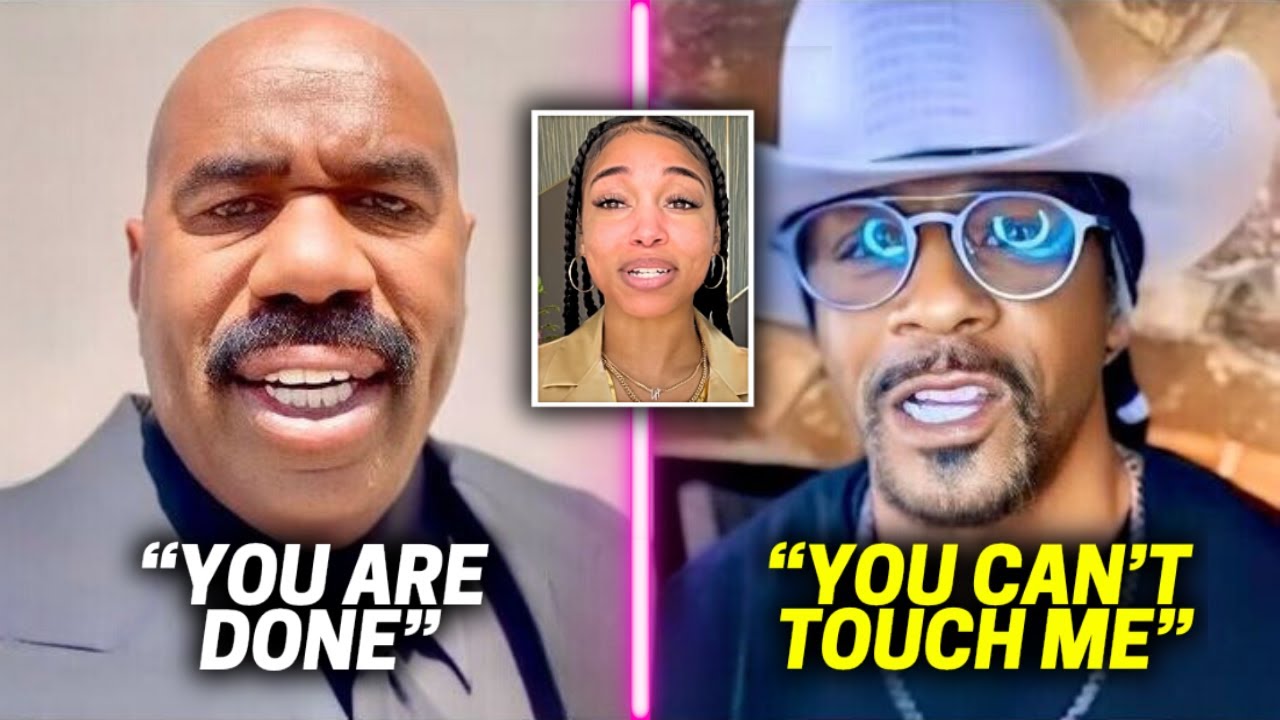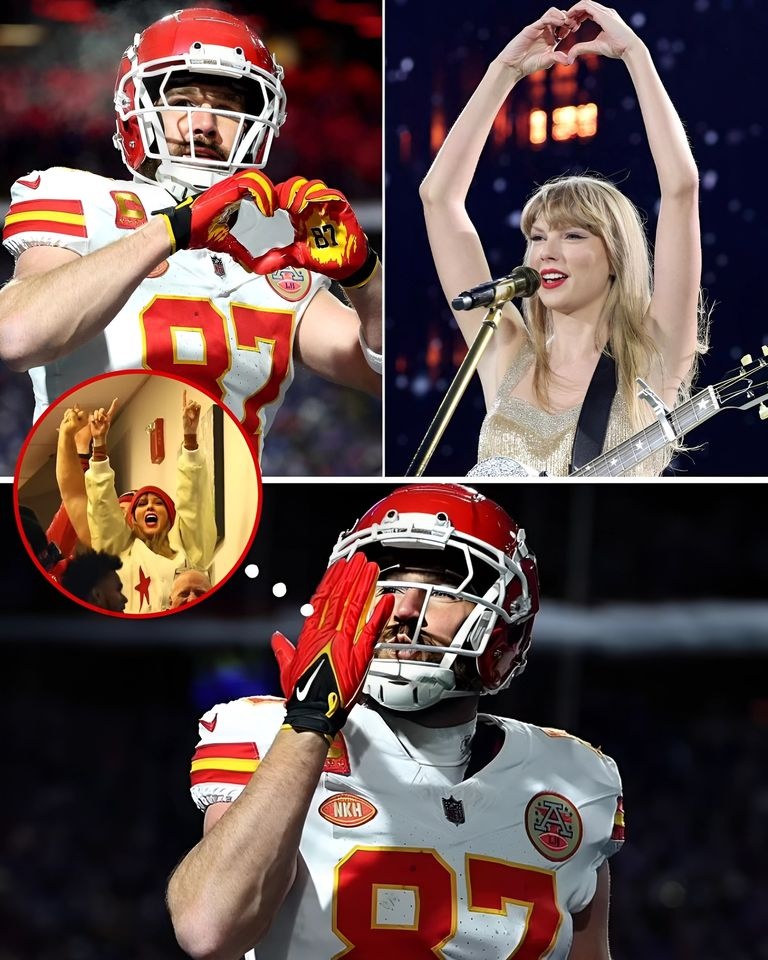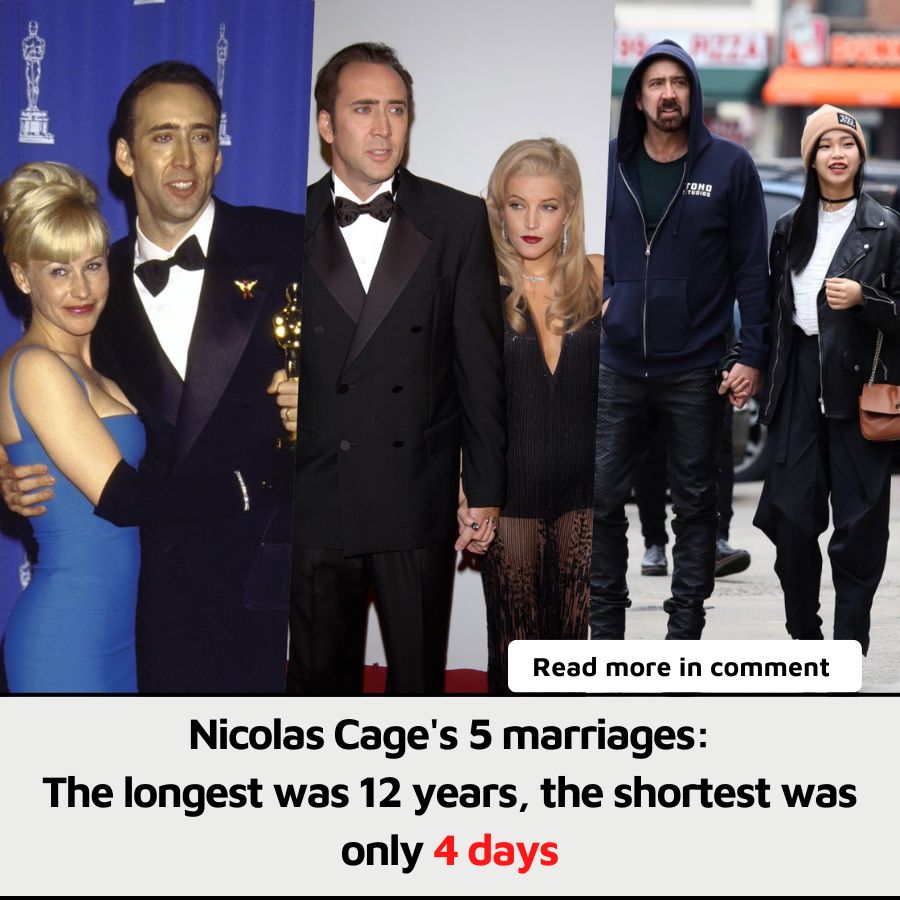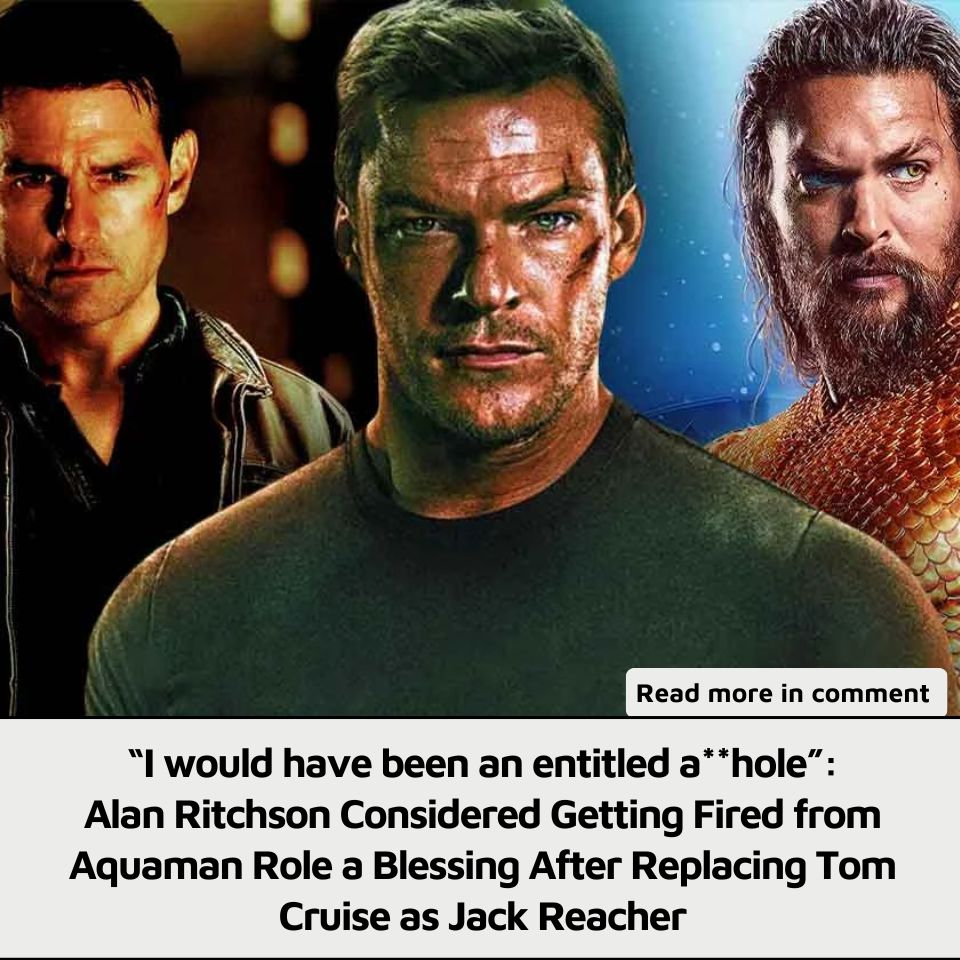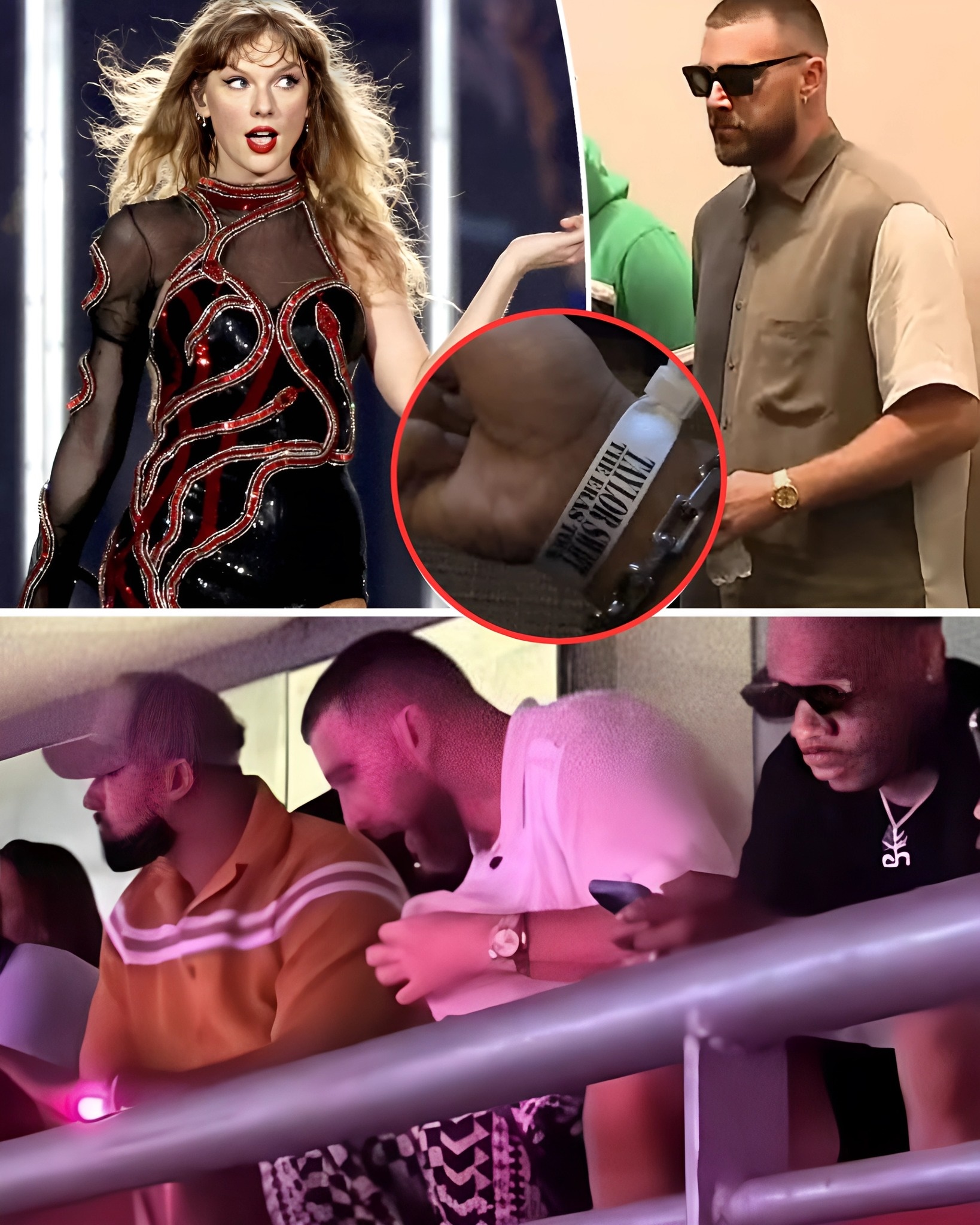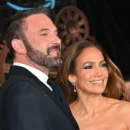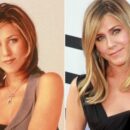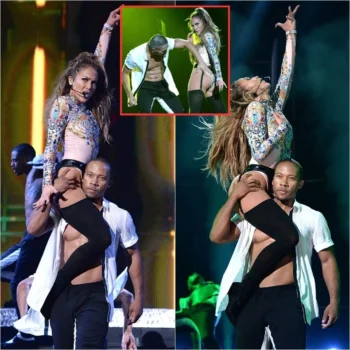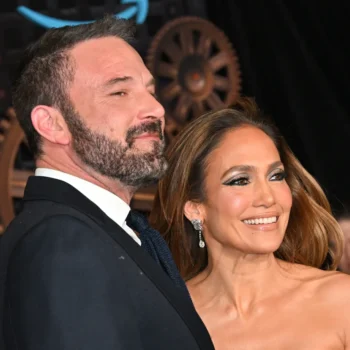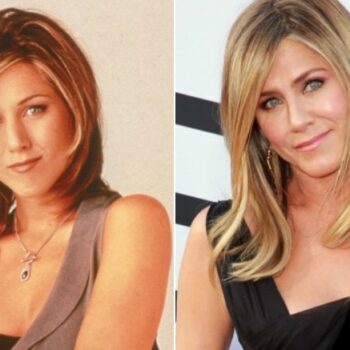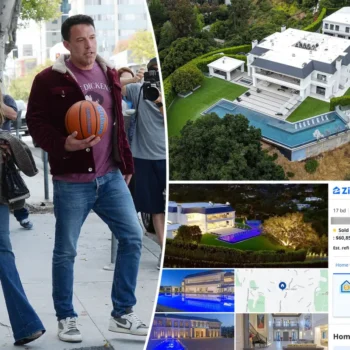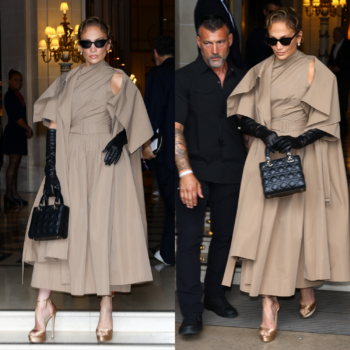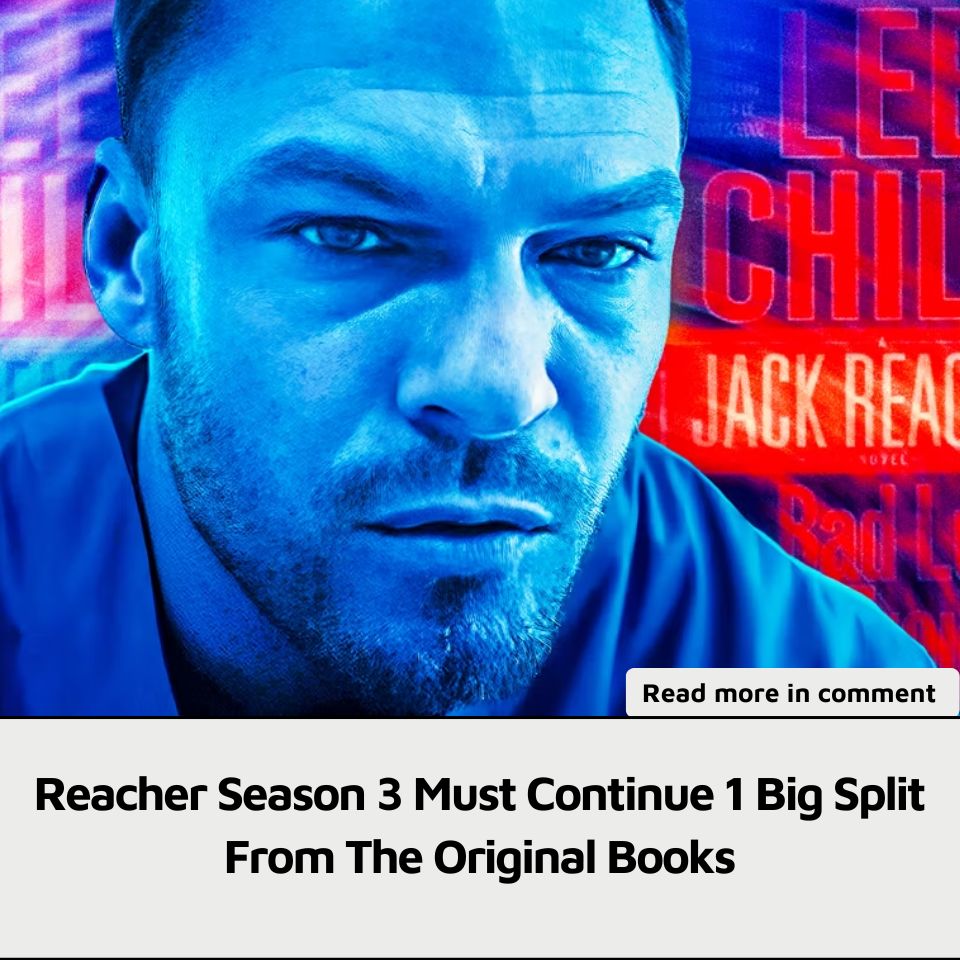
Reacher Season 3 Must Continue 1 Big Split From The Original Books
Reacher season 2 has deviated from Lee Child’s books in a noticeable way, and the show will continue to improve if they carry on the trend.
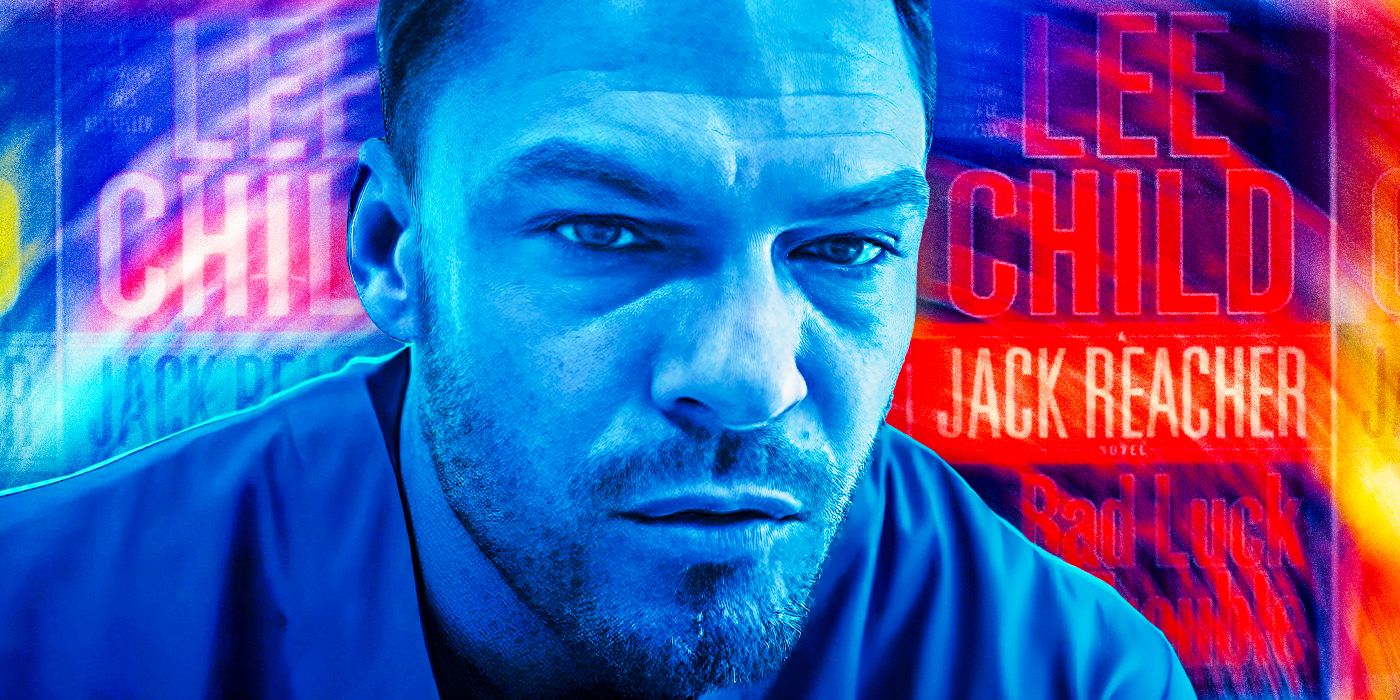
SUMMARY
Reacher season 2 deviates from the structure of its source material. While it introduces new characters, it also connects to the events of season 1.
The show’s willingness to reference its previous seasons creates a more cohesive and rewarding viewing experience, enhancing the stories supplied by Lee Child.
While the self-referential nature of the show may discourage new viewers, starting from the beginning allows fans to fully appreciate and understand the references that follow later in the show’s timeline.
Warning: This article contains spoilers for Reacher season 2.Reacher season 2 has departed from the structure of its source material in an interesting way, and the show will continue to get better by extending the trend into season 3.
The newest installment of Reacher has introduced many new characters and reworked the narrative from the Lee Child book, Bad Luck and Trouble. Although they do share a continuity, the events in Child’s books are kept as isolated from one another as possible. However, the show hasn’t shared this philosophy to the same degree.
Lee Child started the Reacher book series in the 1990s and has been adding to it ever since. The books are written in such a way that it’s possible to start reading them at any point. In other words, they are all self-contained stories.The Reacher season 2 cast mainly consists of characters who didn’t feature in season 1, but the separation between the two hasn’t been as extreme as Child is with his books. Although the show has been otherwise faithful to its source material so far, Reacher season 3 will benefit from following its current trajectory.
Reacher Season 2 Continued To Reference The Events Of Season 1
The Reacher show is more willing to revisit its past than the books are
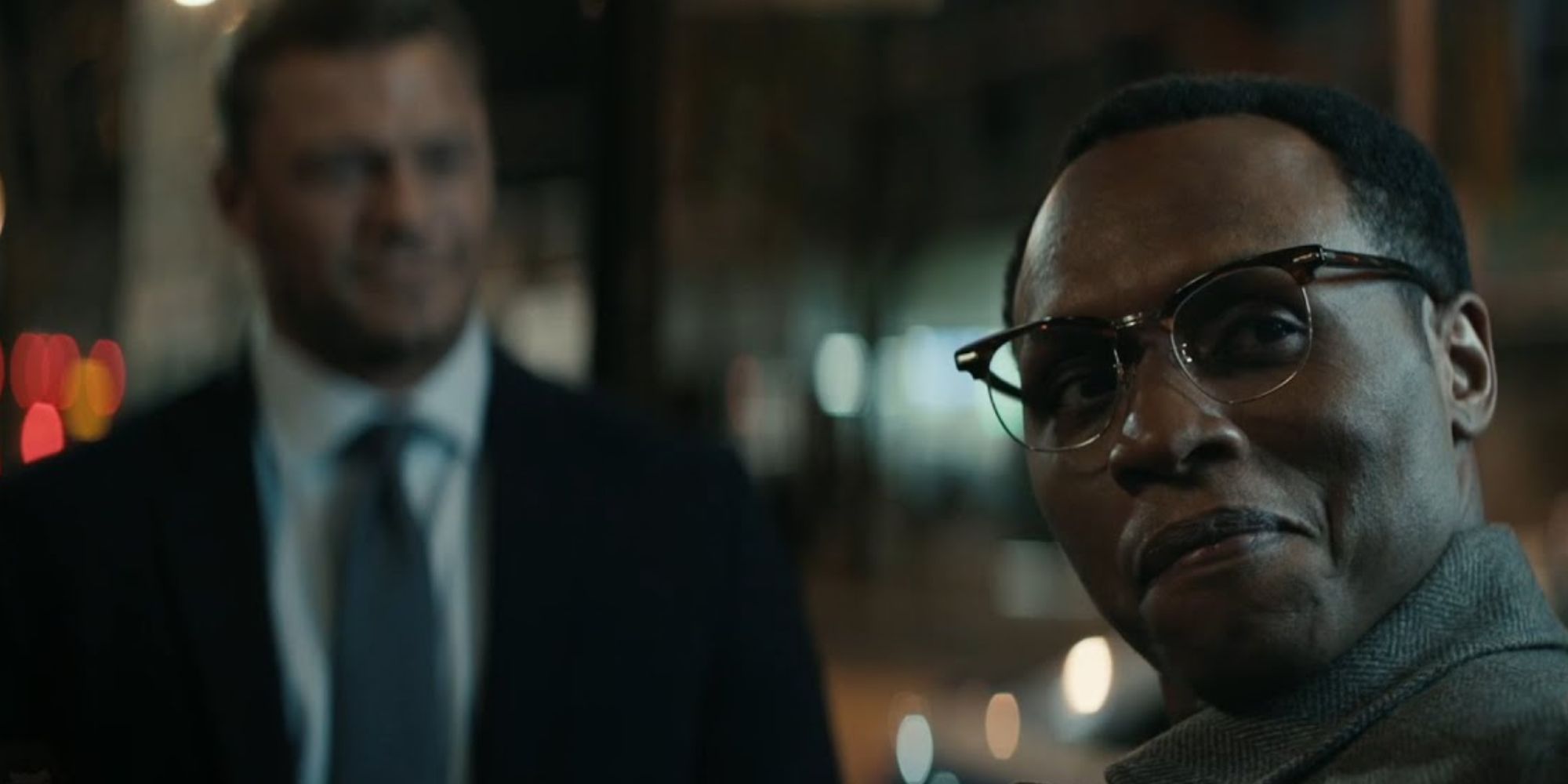
Reacher season 2, episode 1, “ATM,” immediately deviates from Child’s formula. Meeting with Reacher, Neagley states, “It’s been a minute since Margrave.” The seemingly benign line links the events of both stories together in a way the books tend to avoid.
The mention of Margrave isn’t the only reference to the events that came before the ending of Reacher season 1. As well as Willa Fitzgerald’s Roscoe Conklin being mentioned by name, there’s a more definitive deviation from the book’s makeup.
Malcolm Goodwin’s Oscar Finlay returns to the Amazon show in Reacher season 2, episode 4, “A Night at the Symphony,” reprising his season 1 role.
Oscar Finlay does appear in Killing Floor, which was the book used as the basis for Reacher season 1. However, the character does not cross over into Bad Luck and Trouble. Finlay’s cameo in the on-screen version of Bad Luck and Trouble is the most blatant example of how the show is willing to connect the Reacher stories in a way that Lee Child wasn’t.
Reacher season 2 also references its previous season in other, more subtle ways. For example, Reacher uses the alias of “Jack Margrave” on several occasions, a reference to the setting of season 1. There are also a few instances where a Clark Bar is mentioned, the snack that served as one of the main talking points for one of Reacher and Roscoe’s first private conversations.
Season 3 Should Maintain Continuity With Past Seasons (Unlike The Books)
Referencing its previous seasons makes Reacher a more cohesive show
The format of a television show means that changes have to be made when it’s adapting literary works. While Lee Child’s Jack Reacher books work well for readers who are intimidated by reading such a huge amount of material, TV shows rarely have the same challenge. Therefore, there’s less reason for the Reacher show to hit the soft reset button after each season.
Allowing the events of previous seasons to bleed into the following ones creates more opportunities to enhance the stories supplied by Lee Child.
The return of a character to a TV show, even if it’s only brief, can be a very rewarding experience. This is especially true if the return of said character comes about organically, and so far, none of Reacher‘s references to its history have felt forced.
There Could Be A Disadvantage To Reacher’s Self-Referential Nature
Some may be dissuaded by the fact they need to catch up

Although the Reacher show does mention past events and has even shown a willingness to bring characters back, it doesn’t make the current installment any more difficult to follow.
Therefore, if a viewer were to try and start watching the show with Reacher season 2, they would understand the narrative, but they would be missing out on satisfying nods to other corners of the Reacher universe.
If the TV adaptation of Lee Child’s work had followed his technique of making it possible to jump on board at any point, then it may have been easier to garner a fanbase due to this selling point. As it stands, viewers would be advised to start at the very beginning, which can discourage those who are on the fence about watching.
However, by starting with Roscoe and Finlay in Margrave, prospective fans would be able to keep up with all the references that follow later in the show’s timeline, and not just enjoy the broader strokes of Reacher‘s story.
